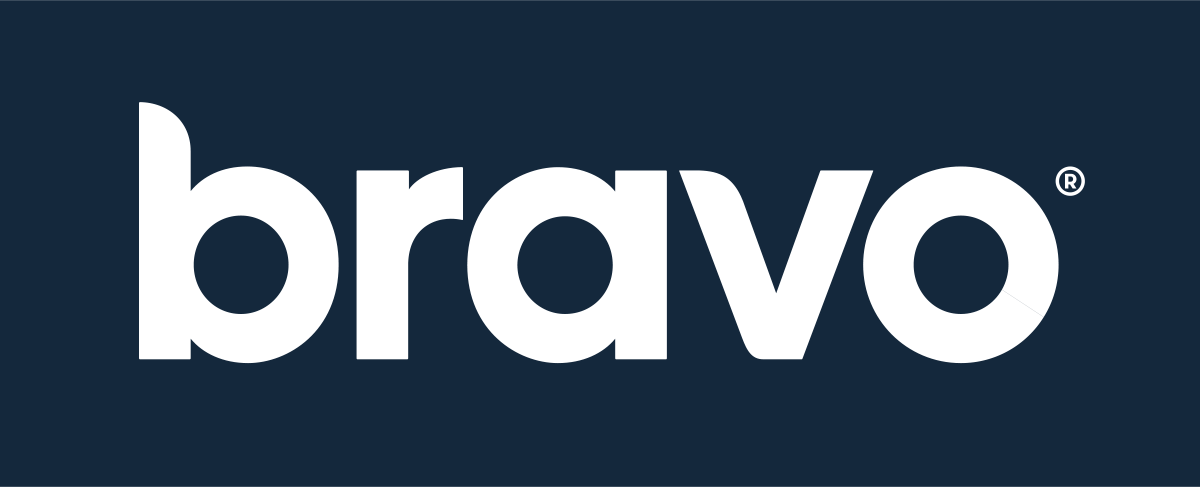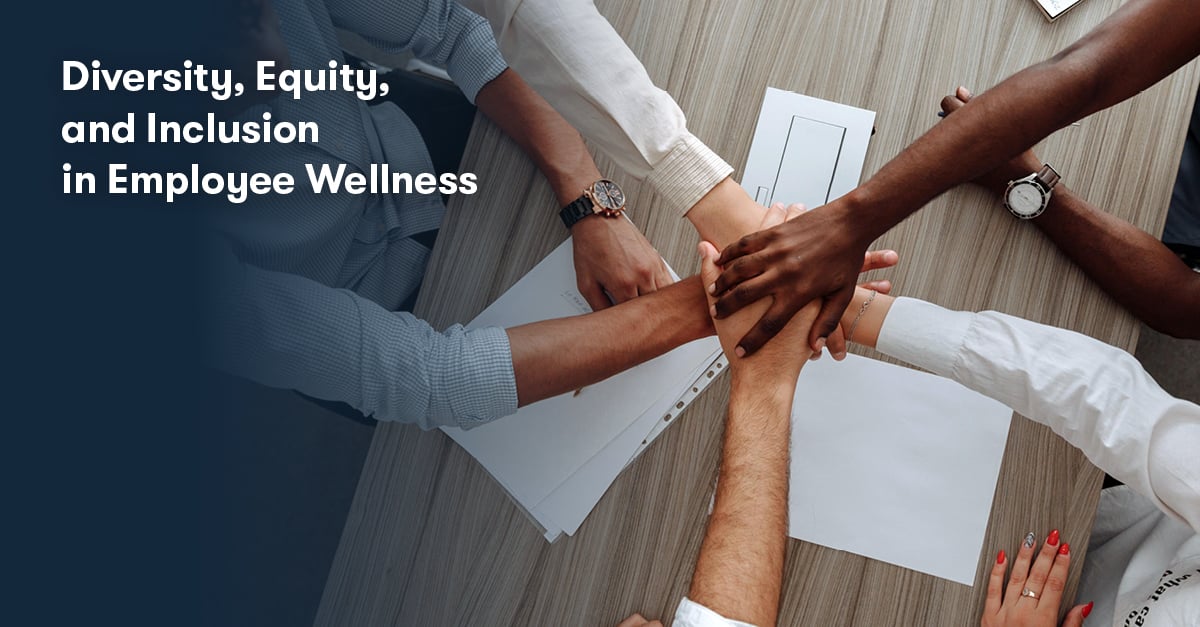Suppose you have been plugged into this country’s popular political and cultural talking points in any capacity over your lifetime. In that case, you’d know that corporate treatment of anyone who is not a straight, white male has been on the hottest of seats and discussed with the highest levels of scrutiny.
Since Executive Order 10925 was signed on March 6, 1961, “Affirmative Action” has been a puzzling and paradoxical issue in the political sense and the sense of social consciousness. It’s a good thing this isn’t a political or sociological blog, though – we’re a corporate wellness company! Because of that, we’re going to discuss how diversity, equity and inclusion impact personal health and well-being and how to promote these concepts through employee benefits and corporate wellness programs.
Defining Diversity, Equity and Inclusion
Diversity exists in the corporate mainstream as a widely accepted “good thing,” and many companies have established departments and titles dedicated solely to maintaining a diverse work environment. The objectives of which have recently evolved from just “diversity” to “diversity, equity and inclusion” (DEI).
Diversity is defined as “the state of having people of different races or who have different cultures in a group or organization.
Equity aims to ensure fair treatment, access, equality of opportunity and advancement for everyone while also attempting to identify and remove the barriers that have prevented some groups from fully participating.
Inclusion is defined as “the act or practice of including and accommodating people who have historically been excluded (as because of their race, gender, sexuality, or ability).”
There are countless theories and methods for achieving diversity, equity and inclusion, not only in the workplace but in education and media representation. Unfortunately, those are complemented by a social, cultural, and economic web seemingly destined to be tangled forever. What isn’t as complicated to understand is what DEI initiatives can accomplish and how it impacts disadvantaged populations.
Why Effective DEI Programs Are Good for People and Good for Business
Studies show that exposure to diversity can lead to increased cognitive skills, including critical thinking and problem-solving.
Students with exposure to diversity grow into adults with those experiences and are better equipped to solve complex problems at work and do so effectively on diverse teams. This type of cyclical phenomenon can also introduce your company to what is known as diversity of thought, which is highly crucial in today’s corporate climate.
Organizations are complex and are constantly evolving to become more efficient and effective, which requires problem-solving and creative solutions. Diversity of thought yields more effective solutions by accumulating different social, cultural and economic perspectives.
A diverse and inclusive workforce is better equipped to combat some of the new major stressors in our country, such as discrimination, violence towards minorities, and the uncertain future of the country. The diverse and inclusive workforce of the future can also lead to initiatives and cultures that break down the barriers that minorities feel they have to put up while at work.
How to Support Diversity, Equity Inclusion Efforts in Your Wellness Program and Other Employee Benefits
Don’t be alarmed if you’re overwhelmed trying to incorporate DEI into your workplace. We’ve narrowed down some of the best ways you can make a positive and long-lasting change in your culture:
Incorporate DEI training into your professional development or other required training curricula.
When incorporating DEI into your long-term company plan, it’s essential to start with those who already have the training and knowledge to set your culture up for success.
Hosting webinars, speakers and discussions where your employees get to interact with a leader in DEI training can help your workforce gain a deeper understanding of DEI and what it takes to have a prosperous and equitable workplace.
Taking steps to incorporate training and coaching on DEI topics such as unconscious and implicit bias, stereotyping, prejudice, and microaggressions can help create a workplace culture that welcomes and values everyone.
Evaluate your benefits package and wellness program to make sure it appeals to and is reasonable for all employees to participate.
Areas to look at may include holidays, family medical leave policies, paid time off policies, and health insurance coverages. Review your employee communications about your benefits package to ensure they are respectful and relatable. Do employees see themselves in the images and language you choose to include?
When it comes to your wellness program, ensure that the goals are achievable and reasonable alternatives available so that everyone can get the maximum value out of your program.
If you have a wellness champion network or wellness committee, recruit and encourage diverse team members to join to make sure their needs are met. If you don’t have a committee or are having trouble getting people from different cultures or ethnicities to join it, be sure to consult with a DEI employee resources group about your benefits and wellness program to get their perspective and feedback.
Commit to hiring, retaining and promoting diverse talent.
A group of diverse decision-makers can not only inspire confidence in new employees regarding potential growth, but they can also take actions that resonate with a more significant portion of both the employee population and the market of potential new hires. One small step towards a more diverse and inclusive workplace can lead to an avalanche of more progressive thinking and problem-solving.
“Attrition is particularly expensive for a company, not only financially, but to its morale as well. It is easier to retain employees and build a healthier culture when people feel they have a future at the company. For many, that begins with seeing people that are similar to themselves in leadership positions.” – Becca Setty, Medical Mutual of Ohio
Diversify your own experiences and talk to your leadership team.
The good news is that creating change applies to everyone, not only in your work life but also in your personal life. One of the most significant ways to spark change is by diversifying your experiences. The books you read, the movies you watch and the people you talk to will all impact your perspective on the world. You will not only be better equipped to solve problems at work but in life as well.
If you’re not the final decision maker for hiring, benefits or the wellness program, talk to the people that are. Just because the results might not be immediate doesn’t mean you can’t get started now! As we previously mentioned, actions are contagious. Showing (and telling) the rest of your organization that you see the value in creating change and shifting culture is the first step to enacting transformation company-wide.
Shifting culture in any direction, and in this case, a more diverse direction takes time. Fortunately, every step will bring you closer to your end goal and provide plenty of opportunities to adjust along the way.
Just remember, change doesn’t happen overnight. With transparency and meaningful dialogue, your organization will be well on its way to creating lasting change.
Want to build a more diverse, equitable and inclusive workplace? Check out this guide from SHRM on how to develop a DEI initiative.


